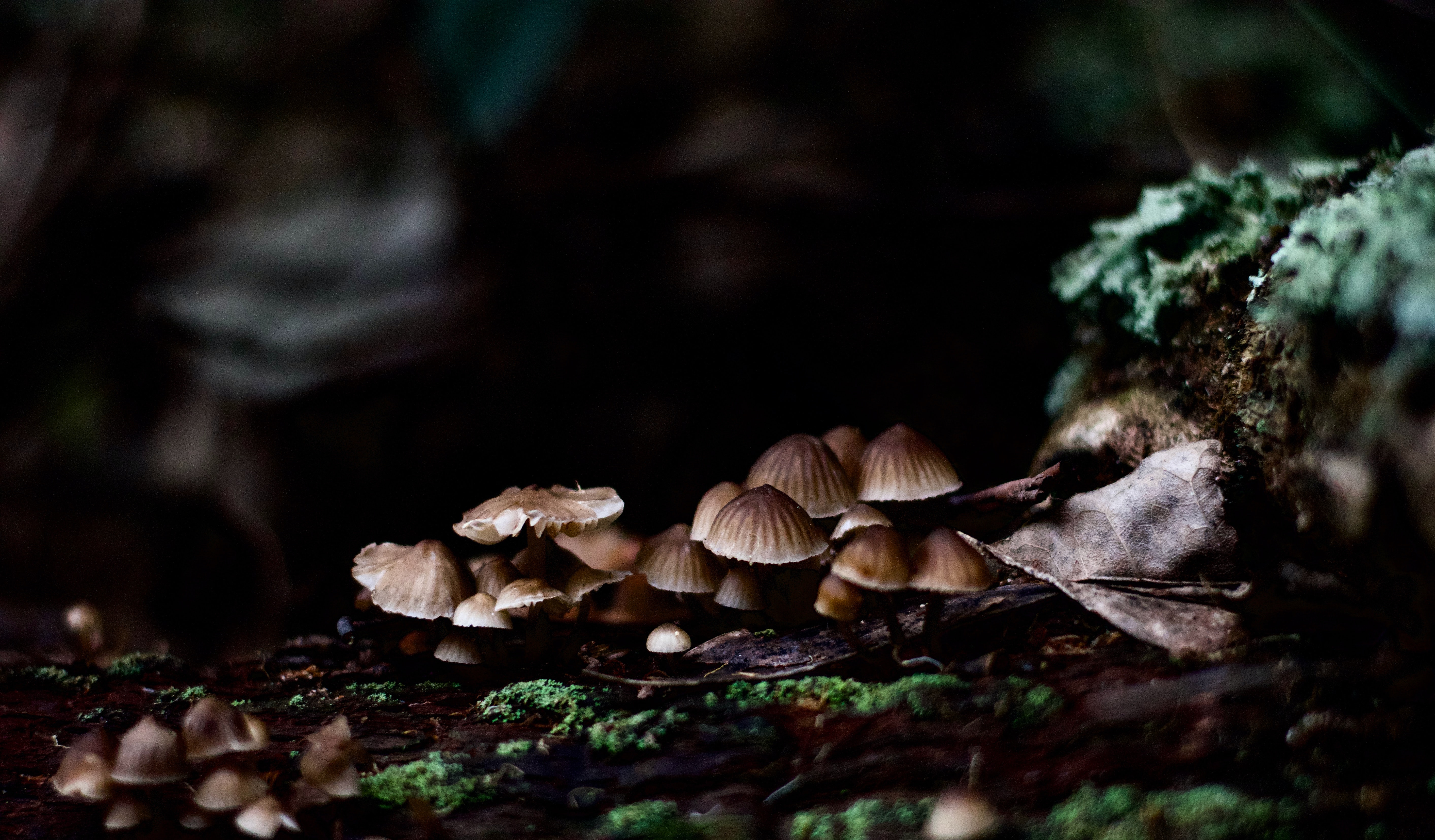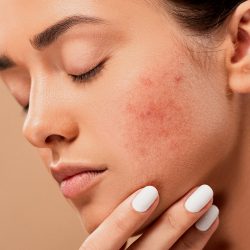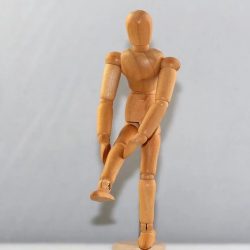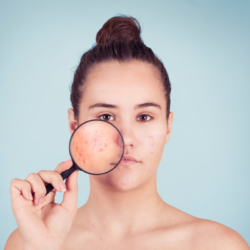What is Mycotherapy?
My cotherapy is therapy using the fungal kingdom; that is, mus hrooms, as medicinal elements. This term was coined by Researchers at Hifas da Terra in 2006 and since then it has been used worldwide to refer to therapy with fungi (or fractions of them) for health, prevention and integrative therapeutic support in various pathologies.
Med icinal mus hrooms are fascinating producers of substances with positive effects for humans. A single species of medici nal fungus can contain hundreds of bioactive substances.
Modern science has discovered vari ous hypol ipemic, immunomodulatory an d antitumor activities in medicinal mushrooms.
In addition, other antiox idant, antiv i ral, antibacterial, antiparasitic, hepatoprotective and antidiabetic propertie s have also been discovered.
Over the past 30 years, thousands of scientific papers have been published and multiple trials support the clinical applications of its ingredients:
- Lentinan and PSK are used in the treatment of cancer in Japan
- Erinacines help rebuild neural tissue
- Lentionin is a powerful a ntiseptic used in toothpastes
- Triterpenes act as powerful anti-inflammatory drugs with cortisone-like effects
My cotherapy focuses on medicina l fungi a s an object for research and development of nutritional products in order to maintain and improve human and animal health.
Why mushrooms?
First, the fun gi that m ake up the F ungi reign are f ascinating organisms that have survived by evolving and adapting to new scenarios. There are an estimated 1.5 million species of fungi in the world, but we actually know only about 100. They ar e intelligent and efficient beings w ho have managed to maintain their communication network in order to fulfill their biological function, while preserving their essential biochemical traits.
Then we need them to interconnect soil, nutrients and plants; a fundamental trinoma for the development of life on Earth, as well as the antibiotic discovery of one of them, Pen icillum, which gave rise to penicillin.
In the Treatise on Medicinal Herbs Pen Tsao, one of the fathers of Chinese medicine, the fam ous Shen Nong, spea ks of Reishi a s a divine fungus capable of prolonging life and harmonizing physical and spiritual balance.
In the Bencao gangm u (Chinese Medicine Collection) of the doctor Li Shi Zhen (1518-1593), reishi is also refer red to: “consumed over a long period of t ime, bodily agilit y will not cease and the years will continue like those of i mmortal beings“.
Our ancestors appropriated mushrooms and their applications.
Finally, m ushrooms co ntain more than 150 bioactive compounds in their structure. Their consumption provides us with the best of bioavailable alpha and glucans, but also enzymes, prebiotics, natural antibiotics, B vitamins, ergostrerol, minerals such as selenium and zinc, essential amino acids and other nutrients that help homeostasis and/or body balance.
What can mushrooms bring us? (Some examples)
-
Shiitake (Lentinula edodes)
For starters, Shiitake has antitumor prope rties due t o immuno-stimulating activity, which is protective of tumor development.
Lentinane stimulates the proliferation of T cells in the presence of interleukin-2, stimulates macrophage activity and interleukin-1 production.
There has been a marked decrease in the adverse effects of antitumor drugs.
It inhibits the adhesion and formation of bacterial biofilm by improvin g dental plaque. It is also a gastr oprotector an d an a nti-oxidant.
It is usually used in an adjuvant combination with cancer chemotherapy.
-
Maitak e (Grifola frondosa):
Maitake is an adaptog en and immunostim ulant, it has arguably the strongest immune system stimulation activity of all fungi.
Polysaccharides, as well as their own, cause the apoptosis of breast cancer cells. Maitake extract amplifies the response of NK cells and increases the activity of macrophages and cytotoxic T cells. It inhibits the immunosuppression resulting from the action of certain chemotherapy agents, and thus reduces the hematological toxicity of certain chemotherapy agents.
There is an interesting action in diseases of the immune system . This fungus is also hypolipidemic, anti-atheromal and neuroprotective by supporting and regenerating the neural transmission network.
The most interesting components of Maitake appear to be polysaccharides, acting on the immune system.
-
Polypore versicolo r (Coriolus versicolor-PSK):
Polypore is an ant i-oxidant w ith anti-cancer properties. It would slow the spread of cancer cells and would therefore be antimetastatic.
“It is not the strongest of the species that survives, nor the smartest. He is the one who knows best how to adapt to chang e.” In this sentence, Darwin describes the nature of living organisms halfway between plants and animals that survived the great extinctions.







